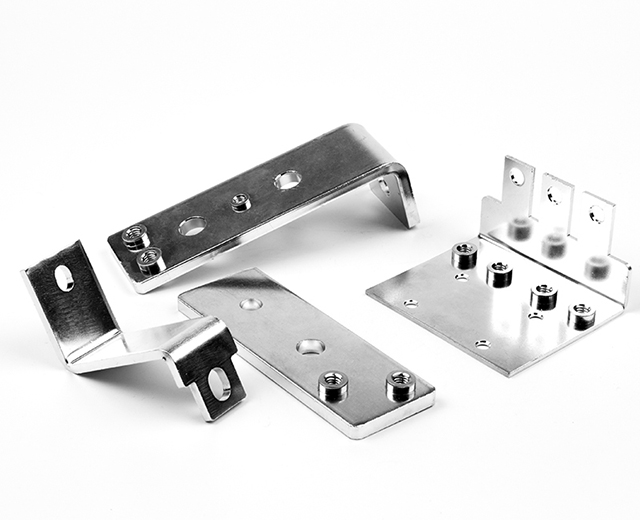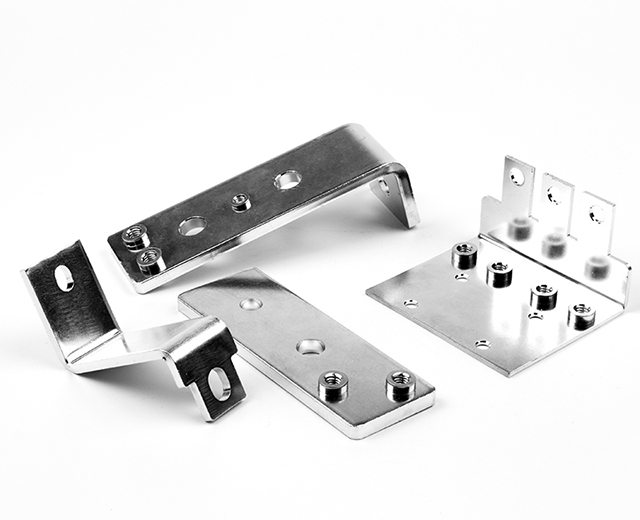

A tinned bus bar, also called a tinned copper busbar or Tinned Copper Flat Bar, is a type of copper busbar coated with a thin layer of tin to enhance corrosion resistance, improve solderability, and extend the service life of electrical connections.
Unlike standard copper busbars, a busbar tinned copper prevents oxidation and ensures stable conductivity even in harsh environments, making it ideal for power distribution, switchgear, electrical panels, battery connections, and industrial machinery.

The production of a tinned bus bar involves several precise steps to ensure optimal performance:
Material Selection
High-conductivity copper sheets or flat bars are chosen for excellent electrical performance.
Cutting & Shaping
Copper is cut, stamped, or machined to specific thickness, width, and length requirements.
Surface Preparation
The copper surface is cleaned and polished to remove oxides and impurities, ensuring optimal tin adhesion.
Tinning Process
The copper busbar is coated with tin through hot-dip tinning, electroplating, or solderable coating methods, forming a uniform protective layer.
Inspection & Quality Testing
Each hdhc tinned copper busbar is tested for adhesion, conductivity, surface uniformity, and current-carrying capacity before shipment.
This process produces a copper tinned busbar that combines the high conductivity of copper with the corrosion resistance and solderability of tin.
Compared with standard copper busbars, our tinned busbars offer the following benefits:
| Feature | Description | Benefit |
|---|---|---|
| Corrosion Resistance | Tin coating protects copper from oxidation | Longer lifespan and reliable electrical performance |
| Improved Solderability | Easy to solder without flux | Simplifies assembly and maintenance |
| High Conductivity | Pure copper core | Efficient power transmission with minimal loss |
| Customizable Dimensions | Various thicknesses, widths, and lengths | Fits specific busbar layouts and applications |
| HDHC Quality Options | High-density, high-conductivity tin coating | Suitable for industrial, automotive, and energy applications |
| Versatile Applications | Electrical panels, battery banks, switchgear | Supports multiple industries and environments |
| Material | Description | Application |
|---|---|---|
| Copper (C1100/C1020) | High conductivity, low resistance | Standard busbars and power distribution |
| Tin Coating | Uniform layer, 2–10 μm typical | Prevent oxidation, improve solderability |
| Optional Insulation | PVC or epoxy coating | Electrical isolation and protection |
| Parameter | Range / Option | Description |
|---|---|---|
| Thickness | 1 mm – 12 mm | Depends on current rating and application |
| Width | 10 mm – 100 mm | Customizable per design requirement |
| Current Capacity | 50 A – 3000 A | Depending on copper cross-section and layout |
| Voltage Rating | Up to 1500 V | Suitable for low and medium-voltage applications |
| Surface Treatment | Tin, HDHC tin coating | Corrosion protection and solderable finish |
| Operating Temperature | –40°C ~ +125°C | Reliable in industrial and automotive environments |
Tinned bus bars and tinned copper flat bars are widely used in:
Switchgear & Control Panels – Safe and reliable power distribution.
Battery Banks & Battery Packs – EVs, UPS, and energy storage systems.
Industrial Electrical Panels – Machinery, motors, and high-current circuits.
Renewable Energy Systems – Solar inverters, wind power converters.
Automotive & EV Applications – EV battery connections, modular busbar systems.
Ensure proper torque for all connections to prevent overheating.
Avoid bending beyond the specified radius to protect tin coating.
Keep surfaces clean from oil, dust, or debris.
Inspect periodically for corrosion or mechanical damage.
Apply additional insulation where required for safety compliance.
Proper installation and regular inspection ensure long-term reliability and electrical safety.
As a leading bus bar manufacturer, our tinned busbars stand out due to:
High-Quality Materials – Premium copper and HDHC tin coatings for superior conductivity and durability.
Custom Fabrication – Thickness, width, length, and mounting options tailored to your specifications.
Advanced Manufacturing – Hot-dip tinning and electroplating ensure uniform coating and reliable performance.
Global Compliance – ISO9001, RoHS, UL-certified production processes.
Technical Support & Fast Delivery – OEM/ODM capabilities with expert engineering support for complex applications.
Our tinned copper busbars deliver corrosion resistance, high performance, and long-term reliability compared to standard copper busbars from other suppliers.
Q1: What is a tinned bus bar?
A: A tinned bus bar is a copper busbar coated with tin to prevent oxidation, improve solderability, and extend service life.
Q2: What is the difference between a copper busbar and a tinned copper busbar?
A: A tinned copper busbar adds a tin layer for corrosion protection and easier soldering, while a standard copper busbar is prone to oxidation.
Q3: Can you customize tinned busbars?
A: Yes, we offer custom thickness, width, length, and plating options.
Q4: What are the typical applications?
A: Switchgear, battery banks, EV battery packs, industrial panels, and renewable energy systems.
Q5: How do I maintain a tinned bus bar?
A: Inspect regularly, ensure proper torque, avoid excessive bending, and keep surfaces clean to maintain performance.